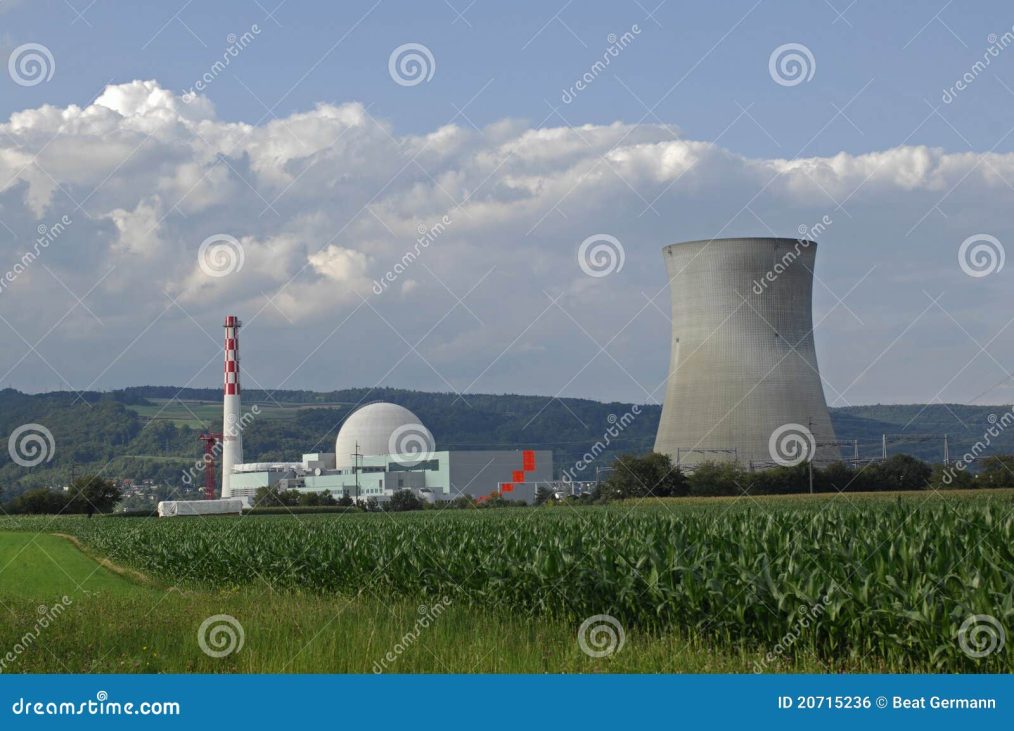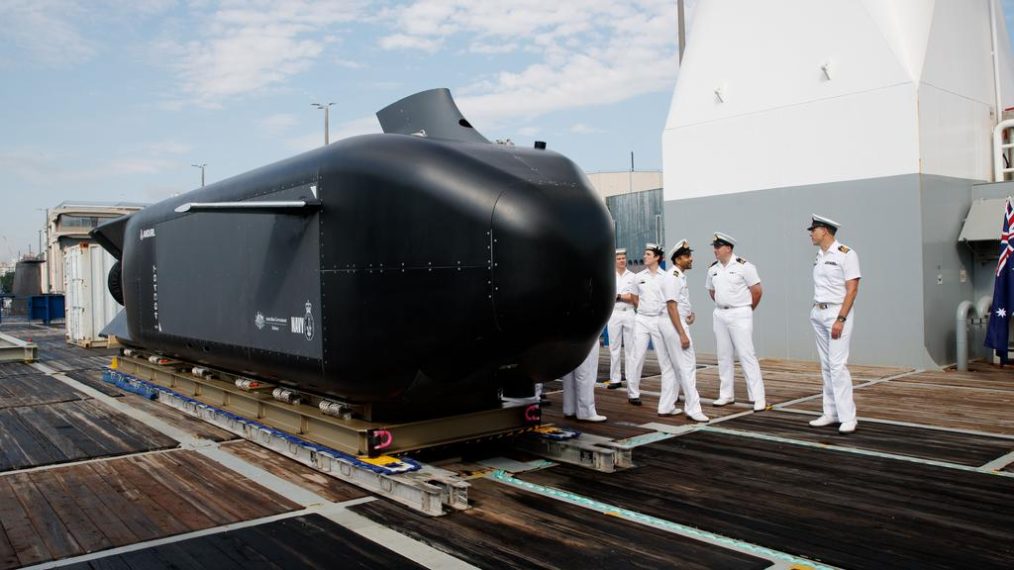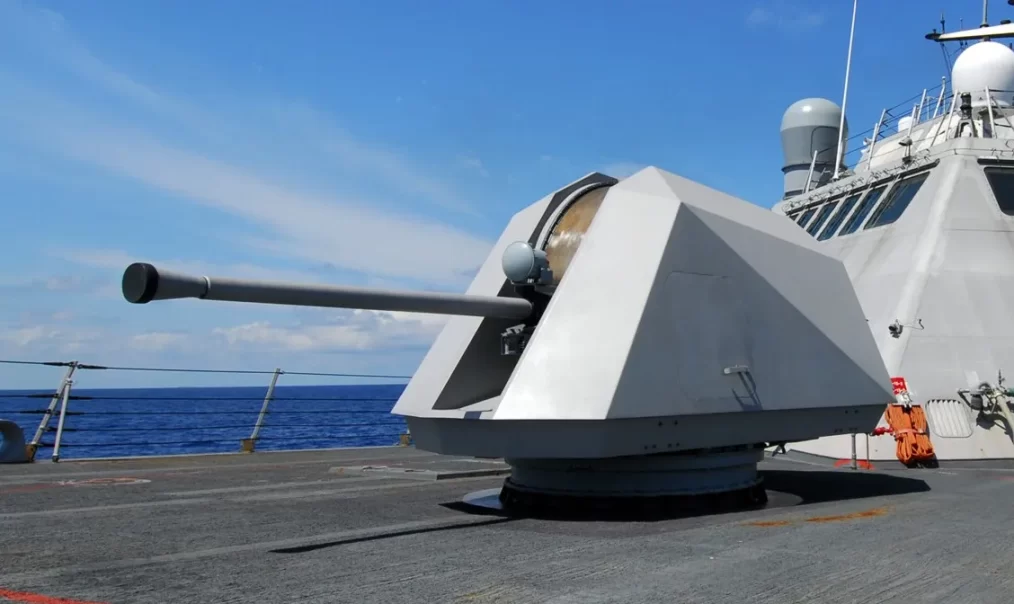ED: Summary of a speech by Andrew Hastie at Defence Connect Budget Summit.
Australian shadow minister for defence and former SAS officer Andrew Hastie has urged for an acceleration of Defence spending to 2026 and a bolstering of the Australian Defence Force (ADF) to ensure it can “tear the arm off any adversary.”
Speaking at the annual Defence Connect Budget Summit, Hastie engaged with defence industry representatives to discuss the opposition’s response to the recent federal budget, following remarks from Defence Industry Minister Pat Conroy.
During his address, Hastie presented a hypothetical scenario where the People’s Republic of China deploys a missile threat within the Indo-Pacific Island chain. He questioned Australia’s preparedness and capability to effectively respond to such a threat.
Hastie called on the federal government to clarify its stance on the threat posed by the People’s Republic of China and outlined the opposition’s key priorities should they return to power under Peter Dutton’s leadership. He criticized the current national defence strategy, stating, “The national defence strategy is a failure… the (Albanese) government has neither articulated the threats Australia faces nor adapted to the world of today.”
Hastie emphasized the need to advance Defence spending to 2026, warning that delaying spending until the next decade would leave Australia vulnerable. “We will be weaker before we get stronger, this is dangerous because weakness is provocative,” he said.
He outlined several priorities, including fixing recruitment through service incentives, accelerating investment to 2026, strengthening military relationships, and enhancing sovereign capability. “The ADF should be able to tear the arm off an adversary,” Hastie asserted, referencing the epic tale of Beowulf.
Additionally, Hastie described an “axis of authoritarian states” including Russia, China, Iran, and North Korea, which he said are aligned against and seeking to disrupt the US-led alliance.











